Amazon has revolutionized home delivery, but shifting logistics and evolving regulations are forcing the retail giant to reconsider what it can reasonably ship to your door. With inflation impacting delivery costs, safety concerns rising, and legal pressures mounting, certain product categories are being scrutinized. Some items may soon be rerouted to pickup lockers or phased out of residential shipping entirely. As policies tighten, these are 15 products that could quietly disappear from Amazon’s at-home delivery list by 2026.
1. Large Home Appliances
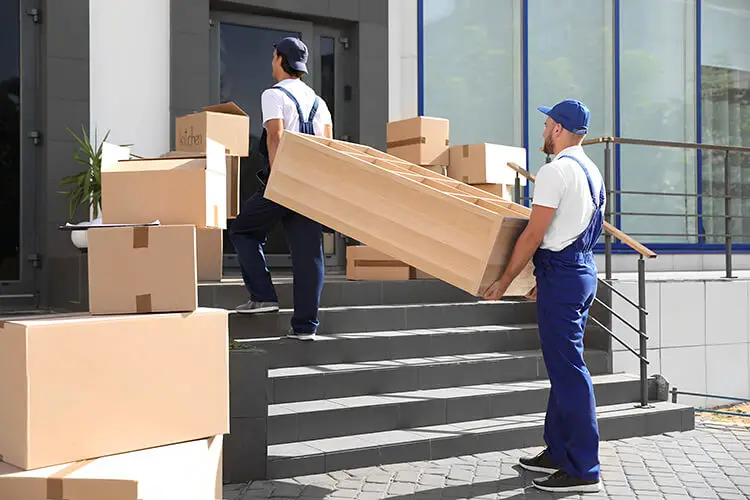
According to Consumer Reports, major appliances like refrigerators, ovens, and washers have become more difficult to ship due to escalating freight and return costs. Amazon’s logistics network, optimized for smaller items, struggles with oversized goods that require scheduling, lift-gate services, or in-home installation. The margin for error is high, especially with items that are easily damaged or returned due to improper setup. As a result, these large purchases may soon require pickup from third-party warehouses or Amazon distribution centers.
This shift also reflects rising insurance premiums and increasing complaints about damage caused during delivery. In dense urban areas, navigating tight hallways or walk-up apartments adds complexity that Amazon drivers are not equipped to handle. Some customers have already noticed fewer options for white-glove or same-day delivery on bulky items. If these trends continue, full-scale home delivery for large appliances may become a thing of the past.
2. Certain Lithium-Ion Batteries

As noted by Forbes, high-capacity lithium-ion batteries pose a known fire risk during shipment, especially when handled improperly or exposed to extreme temperatures. Products like e-bike batteries and power tool cells have triggered international shipping incidents, prompting carriers to reassess how—and if—they transport them. In response, Amazon may stop offering residential delivery for many battery-powered devices or restrict orders to specific fulfillment centers. The company could also require customers to retrieve hazardous items from designated pickup hubs.
Shipping restrictions are already in place for certain battery sizes through air and ground services, with additional policies likely on the horizon. The Federal Aviation Administration (FAA) and Department of Transportation have issued new advisories on these items. To stay compliant, Amazon could be forced to flag more listings as ineligible for home delivery. Consumers shopping for backup power supplies or hobby equipment may soon find their options more limited.
3. Bulk Packs of Bottled Water
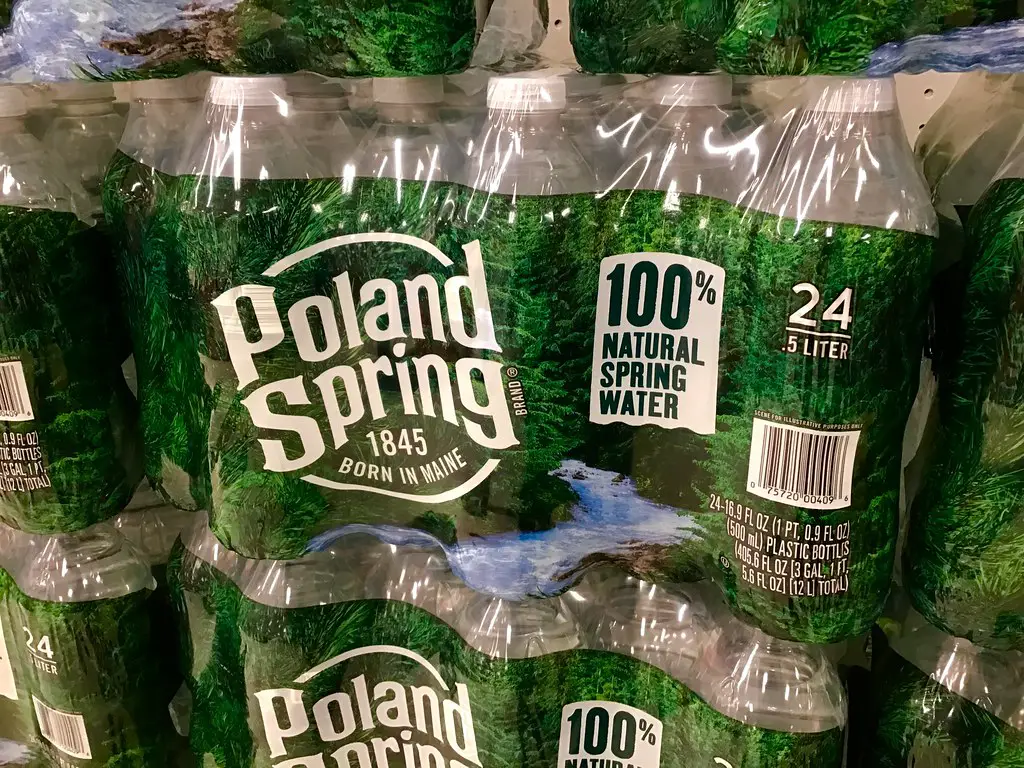
According to The Wall Street Journal, delivering water is one of the least profitable segments of e-commerce due to the product’s weight, low value, and high shipping volume. A single case of bottled water takes up valuable space on trucks, reducing the number of deliveries a driver can make in a given route. These cases are also frequently returned for leakage or package damage, adding to fulfillment waste. Amazon may start phasing out at-home deliveries of heavy bulk water to reduce inefficiencies.
Warehouse space is another issue—stacking pallets of water in fulfillment centers limits room for more profitable inventory. Grocery stores and local warehouse clubs are better suited to handle such purchases. By rerouting water orders to in-store pickup or Amazon Fresh hubs, the company can preserve delivery slots for higher-margin items. Shoppers might still be able to order water online, but they could be required to haul it home themselves.
4. Oversized Outdoor Furniture

As covered by High Energy Transport, massive patio sets and oversized loungers often create shipping nightmares due to their irregular shapes and packaging requirements. These items are not only expensive to ship but also prone to damage in transit, resulting in high return costs and disappointed customers. Amazon’s distribution centers are not optimized for such cumbersome freight, making it more likely the company will curtail delivery options. Outdoor furnishings may be flagged for pickup-only or removed from certain regional inventories altogether.
Returns for these items are a logistical headache, often requiring a freight carrier and specialized handling that negates any profit. Customer complaints about broken or incomplete deliveries further strain Amazon’s customer service resources. With furniture retailers offering better in-store support and warranty coverage, Amazon may decide the category isn’t worth the trouble. Shoppers wanting a new backyard setup might need to make the trek to a physical store or opt for flat-pack alternatives.
5. Full-Sized Mattresses
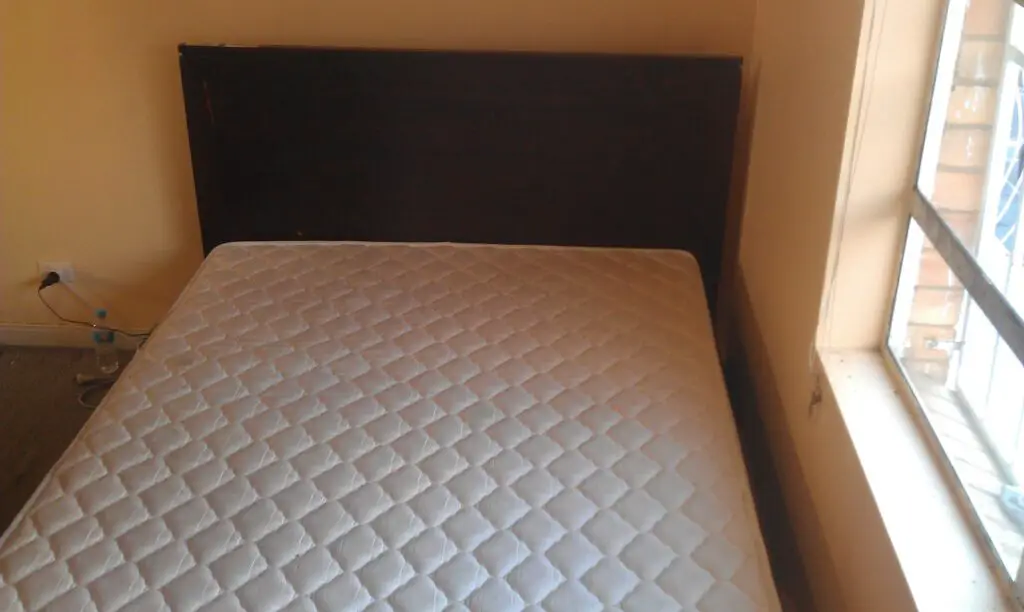
Shipping full-sized mattresses to residential addresses has become increasingly expensive and logistically complex. While bed-in-a-box models are easier to handle, traditional spring and hybrid mattresses are difficult to maneuver through doorways and stairwells. Many delivery teams lack the equipment or training to transport them safely into tight residential spaces. As a result, Amazon may move toward requiring local warehouse pickup or using third-party services.
The risk of damage and the high rate of customer dissatisfaction with mattress deliveries contribute to this shift. When deliveries fail or products arrive bent or torn, costly returns follow. This puts pressure on Amazon’s return infrastructure and erodes profit margins. Moving forward, more customers may be required to retrieve mattresses themselves or pay extra for specialized freight delivery.
6. High-End Exercise Equipment
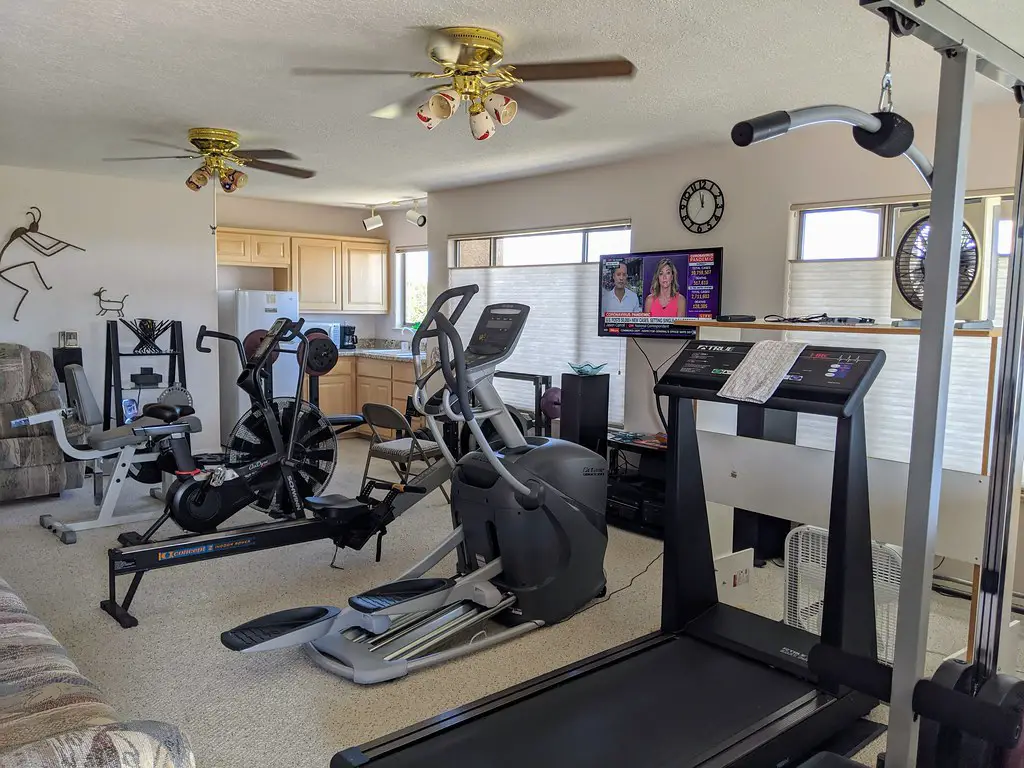
Larger items like treadmills, rowing machines, and weight benches often require special handling during shipping. These pieces are heavy, awkwardly shaped, and can damage easily in transit. Many residential buildings are not equipped for safe indoor delivery of this type of equipment, especially when stairs are involved. Amazon may start restricting these items to pickup locations to minimize delivery issues.
Consumer frustration is also growing over incomplete deliveries or the need for assembly support that Amazon doesn’t provide. Without white-glove setup, many users struggle to get the equipment up and running. This leads to a spike in negative reviews and returns, which are expensive for the platform to process. Limiting home delivery could reduce complaints and streamline the ordering experience.
7. Certain Cleaning Chemicals

Products like concentrated bleach, ammonia-based cleaners, and industrial solvents are increasingly flagged for shipping restrictions. These chemicals can leak or react during transport, creating safety concerns for drivers and warehouse staff. While smaller bottles are sometimes approved, bulk sizes or specific formulas may be deemed too risky. Amazon may limit delivery of these items to commercial locations or pickup-only centers.
Packaging standards are tightening as more incidents occur involving spillage or improper labeling. Residential deliveries increase the risk of harm if children or pets come into contact with damaged containers. As regulations evolve, Amazon may play it safe by removing home delivery options for many of these items. Customers will likely be directed to purchase them in stores or through specialty suppliers.
8. Firewood and Natural Logs

Natural firewood may seem like a simple item, but shipping it to homes creates ecological and logistical problems. Transporting untreated wood between regions can spread invasive pests and tree diseases. Several states have already restricted the movement of firewood, and Amazon could soon follow suit by halting deliveries to residential addresses. Only local pickup or in-state fulfillment may be allowed in the future.
Logistically, firewood is heavy, irregularly shaped, and difficult to package securely. It also takes up considerable space in transit and provides little profit margin. Damaged or wet bundles are frequently returned, adding to fulfillment waste. Amazon may quietly drop home delivery altogether and encourage consumers to buy locally sourced firewood.
9. Paint Cans and Thinners
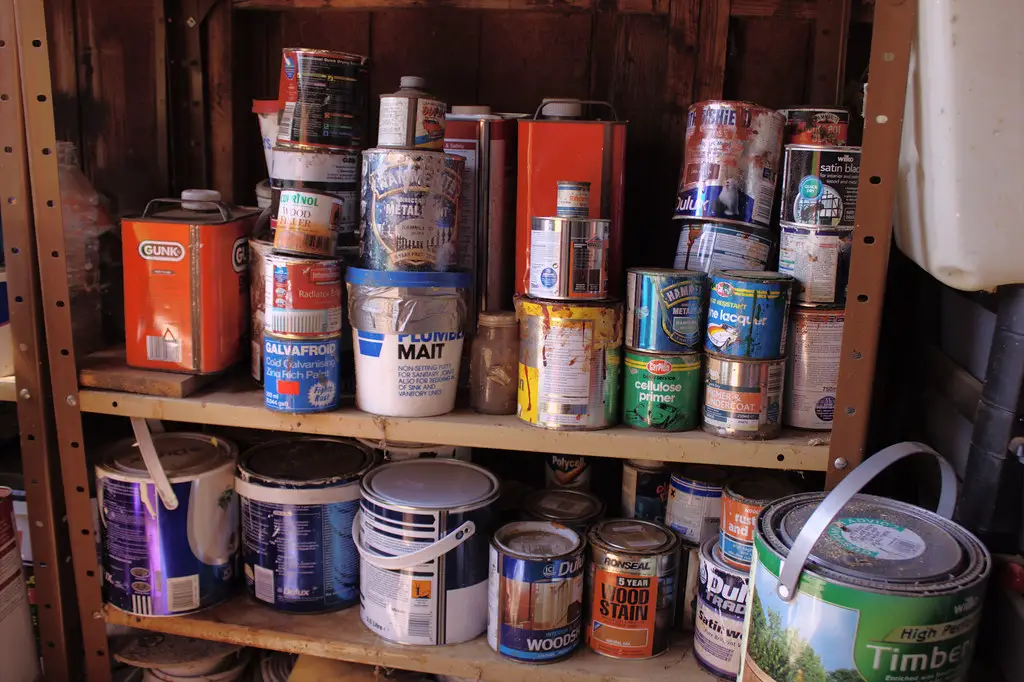
Paint and paint-related products are another category facing stricter shipping rules. These items are flammable, can spill during transport, and require special labeling and storage procedures. Residential delivery increases the risk of accidents, especially when packages sit in the heat for hours. In 2026, Amazon may begin redirecting these items to designated pickup sites only.
Shipping carriers often impose weight and volume restrictions on liquid containers, which complicates fulfillment. Thinners and solvents in particular raise concerns due to their chemical volatility. Home deliveries that end in spills or exposure incidents are costly and damaging to Amazon’s reputation. For safety and compliance, these products may be removed from residential eligibility entirely.
10. Gas-Powered Tools

Leaf blowers, chainsaws, and gas trimmers come with their own set of delivery issues. Even when sold without fuel, their engines are considered hazardous due to residual vapors and mechanical parts. Shipping these tools requires special handling and often exceeds size limits for standard carriers. Amazon may decide to discontinue residential shipping for many of them by 2026.
Returns are another major concern, as improperly packaged engines can leak or become damaged in transit. Residential customers are often unprepared to repack or dispose of faulty units safely. By limiting orders to pickup or local sellers, Amazon could avoid the regulatory headaches. Retailers that specialize in outdoor equipment may become the preferred alternative.
11. Pool Chemicals
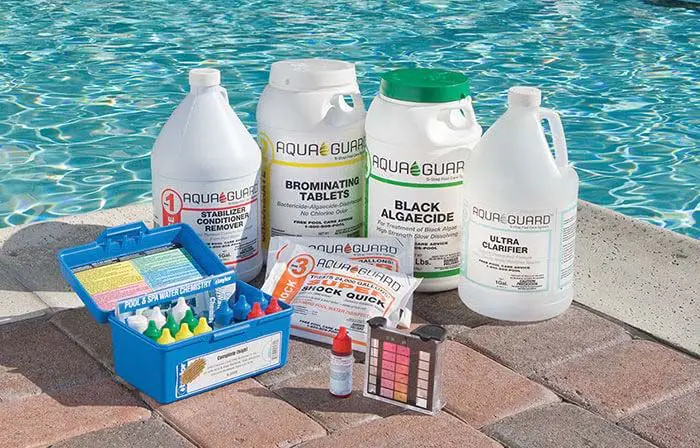
Chlorine tablets, shock treatments, and algaecides pose serious risks when mishandled or shipped improperly. These chemicals can react with other substances, especially if packages rupture or leak. Residential shipping of such volatile materials adds complexity to every stage of fulfillment. In the near future, Amazon may restrict pool chemical sales to in-store or locker pickups.
Even small amounts of leakage can create safety hazards for warehouse employees and customers. Damage claims for these items often include not just the product but cleanup costs for anything else it touches. Pool owners may need to purchase supplies locally or through licensed specialty stores. Reducing home delivery options would significantly lower Amazon’s liability risk.
12. Propane Canisters

Small propane tanks used for grills, heaters, and camping equipment are classified as hazardous materials. Despite careful packaging, these canisters are still prone to leaking or combustion if mishandled. Home deliveries increase the risk of improper storage and exposure to high heat. Amazon may soon discontinue residential delivery altogether to avoid regulatory issues.
Propane is heavily regulated, and the rules vary significantly between states and cities. This makes consistent fulfillment difficult, especially during warmer months. Pickup from certified retailers or shipping hubs may be the only option available. Customers who rely on home delivery for outdoor cooking gear may be forced to adjust their shopping habits.
13. Dry Ice and Frozen Goods
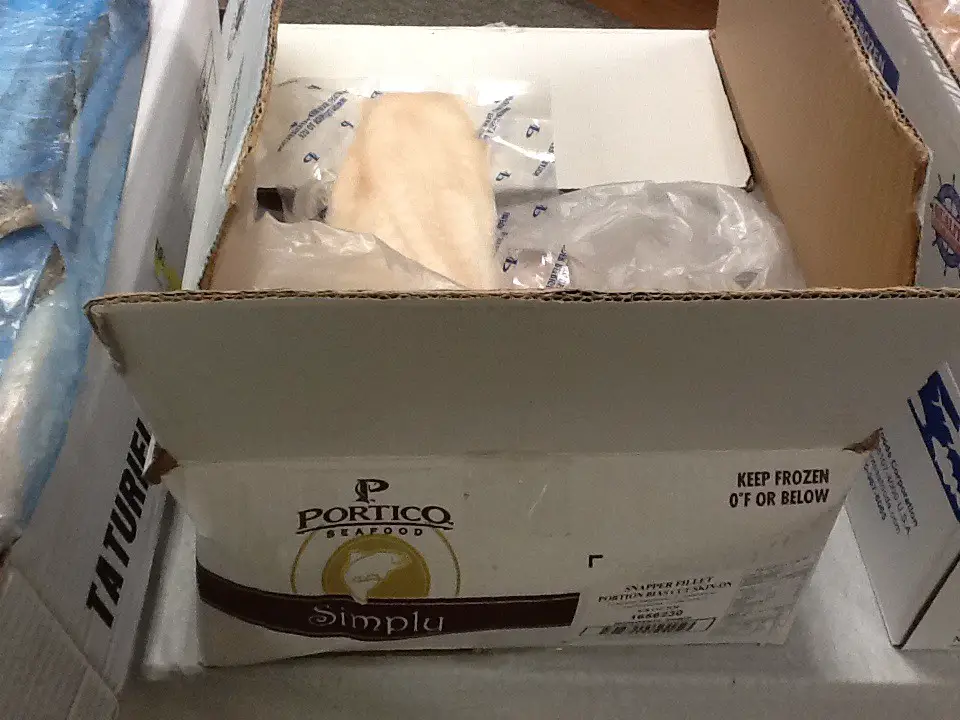
While Amazon has made strides in grocery delivery, frozen items shipped with dry ice remain problematic. The packaging window is short, and if deliveries are delayed, spoilage can occur within hours. This not only leads to waste but also raises health concerns. Residential delivery may be phased out in favor of regional distribution centers or Amazon Fresh storefronts.
Dry ice itself requires special handling due to the risk of burns and carbon dioxide build-up in enclosed spaces. If packages are left in mailrooms or on porches, there’s a danger to people and pets. Amazon may limit these items to same-day delivery zones or remove them from standard inventory altogether. Customers could be directed to pick up frozen items in person.
14. Aquariums Over 20 Gallons

Glass aquariums over 20 gallons are particularly fragile and require extremely careful shipping practices. Even a minor bump in transit can lead to cracks or full breakage, resulting in expensive returns and customer frustration. These tanks are also heavy and hard to move safely up stairs or through narrow doorways. Amazon may stop shipping them to homes in favor of pickup-only policies.
Many customers report receiving shattered tanks or units missing key components like lids or pumps. The cost of replacing damaged units often exceeds the initial sale price. By shifting to a click-and-collect model, Amazon can avoid these issues while still offering the product online. Pet stores and aquarium specialists may become the better option for serious hobbyists.
15. Heavy-Duty Tool Chests
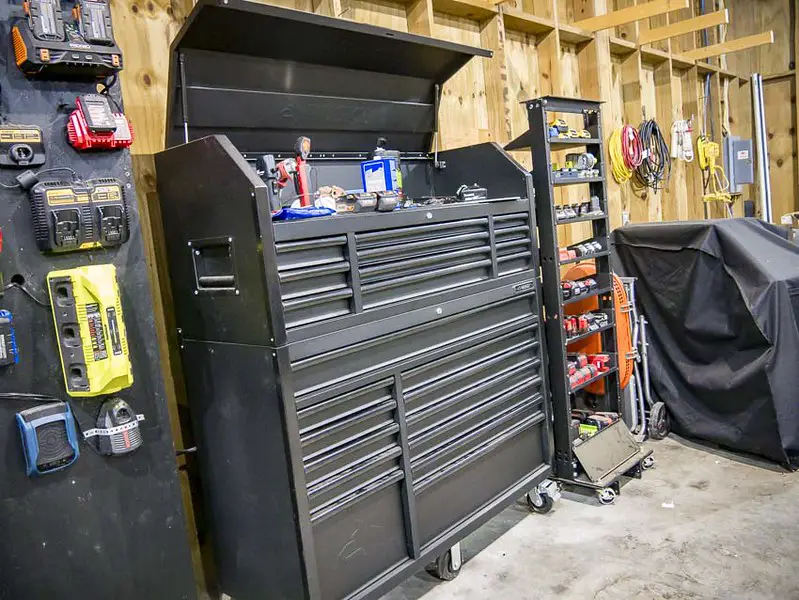
Large rolling tool chests used in garages and workshops are cumbersome, bulky, and often weigh hundreds of pounds. Shipping them to residential addresses is not only difficult but also risky, especially without freight equipment. Drivers may refuse delivery if there’s no way to safely unload the unit. Amazon is likely to begin restricting these to pickup warehouses or curbside delivery only.
Assembly and placement are also problematic—customers frequently complain about damage during transport or issues with incomplete hardware. When returns are necessary, the process is time-consuming and expensive for everyone involved. Redirecting these items away from standard residential fulfillment could save Amazon money and improve buyer satisfaction. Serious DIYers may soon have to make the trip themselves for these purchases.
